The Art and Spirituality of Guru Padmasambhava Handmade Statues: A Comprehensive Guide
Guru Padmasambhava, also known as Guru Rinpoche (“Precious Master”), is a revered figure in Tibetan Buddhism, celebrated as the “Second Buddha” for his role in spreading Tantric Buddhism across the Himalayas in the 8th century 19. Handcrafted statues of Guru Rinpoche are not merely decorative pieces but profound spiritual tools, embodying wisdom, protection, and enlightenment. Below, we explore the intricate details of these sacred artworks, their craftsmanship, symbolism, and significance.
1. Spiritual Significance of Guru Rinpoche Statues
Guru Rinpoche is invoked for protection, healing, and spiritual awakening, with devotees believing his presence dispels obstacles and nurtures inner peace 914. His statues are often placed in meditation spaces, shrines, or temples to inspire devotion and remind practitioners of the path to enlightenment. According to Lama Zopa Rinpoche, large statues of Guru Rinpoche also create “immeasurable merit” and global peace, as seen in initiatives like the Padmasambhava Project for Peace, which has erected 27 statues worldwide .
2. Artisan Craftsmanship: Tradition Meets Precision
Handmade Guru Rinpoche statues are crafted using centuries-old techniques passed down through generations of Nepalese and Tibetan artisans. Key aspects include:
- Materials: High-quality copper or brass forms the base, often gilded with 24k gold and adorned with semi-precious stones like turquoise or lapis lazuli .
- Techniques: The lost-wax casting method is employed to shape the statue, followed by meticulous chasing (detailing crowns, facial features) and burnishing with agate tools for a luminous finish .
- Consecration: Many artisans or sellers offer consecration services by experienced lamas, infusing the statue with spiritual blessings .
3. Symbolic Details and Iconography
Each element of Guru Rinpoche’s depiction carries deep meaning:
- Pose and Attributes: Seated on a lotus throne, he holds a vajra (thunderbolt) in his right hand, symbolizing indestructible wisdom, and a kapala (skull cup) or longevity vase in his left, representing the nectar of immortality .
- Lotus Hat: Signifies his purity and connection to the lotus-born legend .
- Semi-Wrathful Expression: Reflects his power to overcome negativity and protect devotees .
4. Types and Variations
Statues vary in size, material, and design to suit different needs:
- Sizes: Ranging from small altar pieces (14–15 inches) to monumental works (up to 59 inches) .
- Materials: Options include gold-plated copper, silver-gold hybrids, or acrylic-painted finishes.
- Pricing: From 750forsmallerstatuestoover15,000 for intricate, large-scale works.
5. Where to Acquire Authentic Statues
Reputable artisans and retailers include:
- Mantracraftstore: Offers copper statues crafted in Kathmandu using traditional methods, priced from $750. www.mantracraftstore.com
6. Integrating a Statue into Spiritual Practice
- Meditation and Rituals: Place the statue on an altar to enhance focus during meditation or rituals
- Home Blessings: Believed to purify spaces and attract prosperity
- Community Impact: Supporting artisan projects preserves ancient techniques and boosts local economies in Nepal
Final Thoughts
A Guru Rinpoche statue is more than an artistic masterpiece—it is a bridge to spiritual growth and a testament to Himalayan heritage. Whether for personal practice or as a sacred gift, these statues embody the timeless teachings of compassion and wisdom. For those inspired to contribute to larger initiatives, the Padmasambhava Project for Peace welcomes donations to erect statues in Pokhara and Maratika, fostering global harmony.
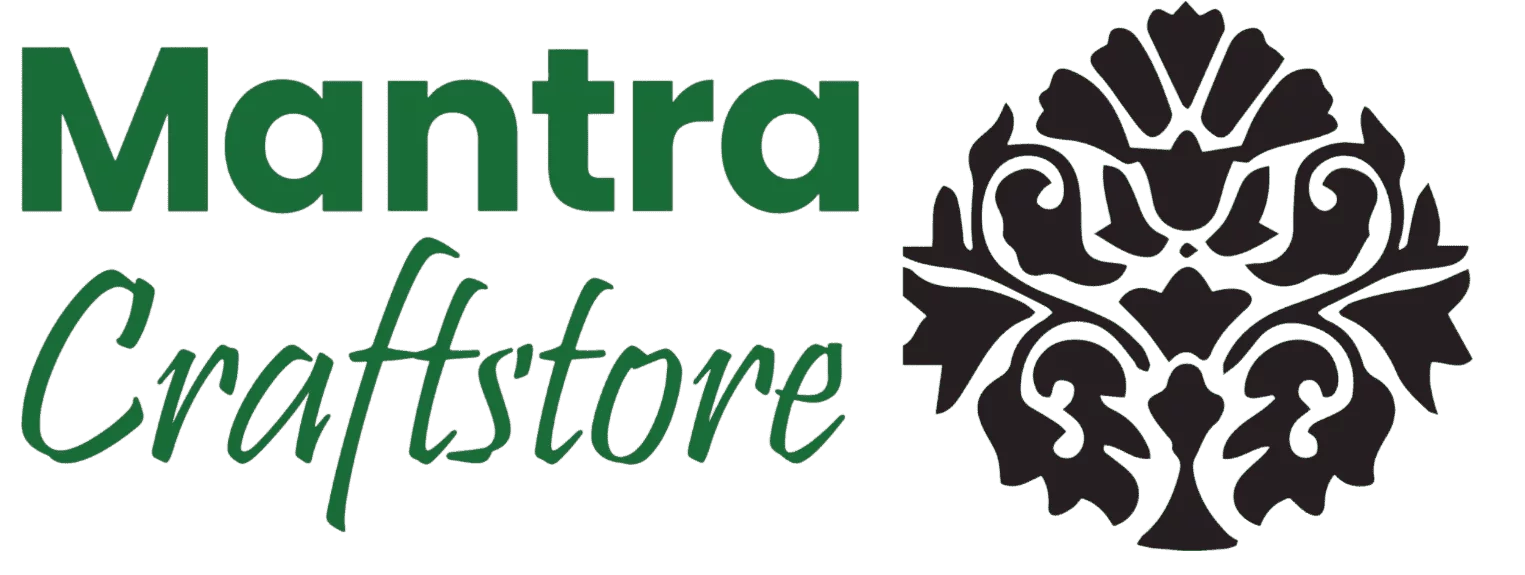
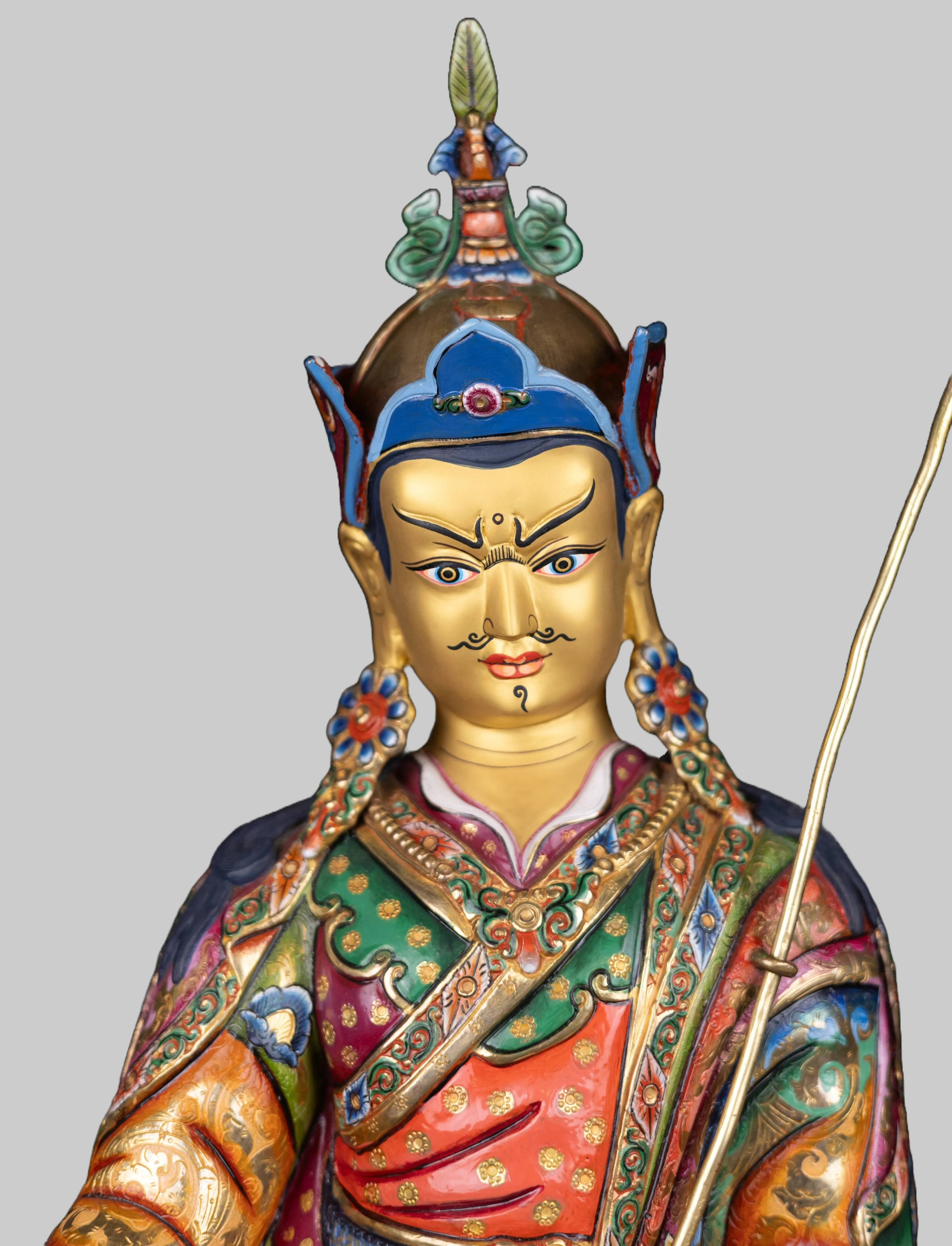
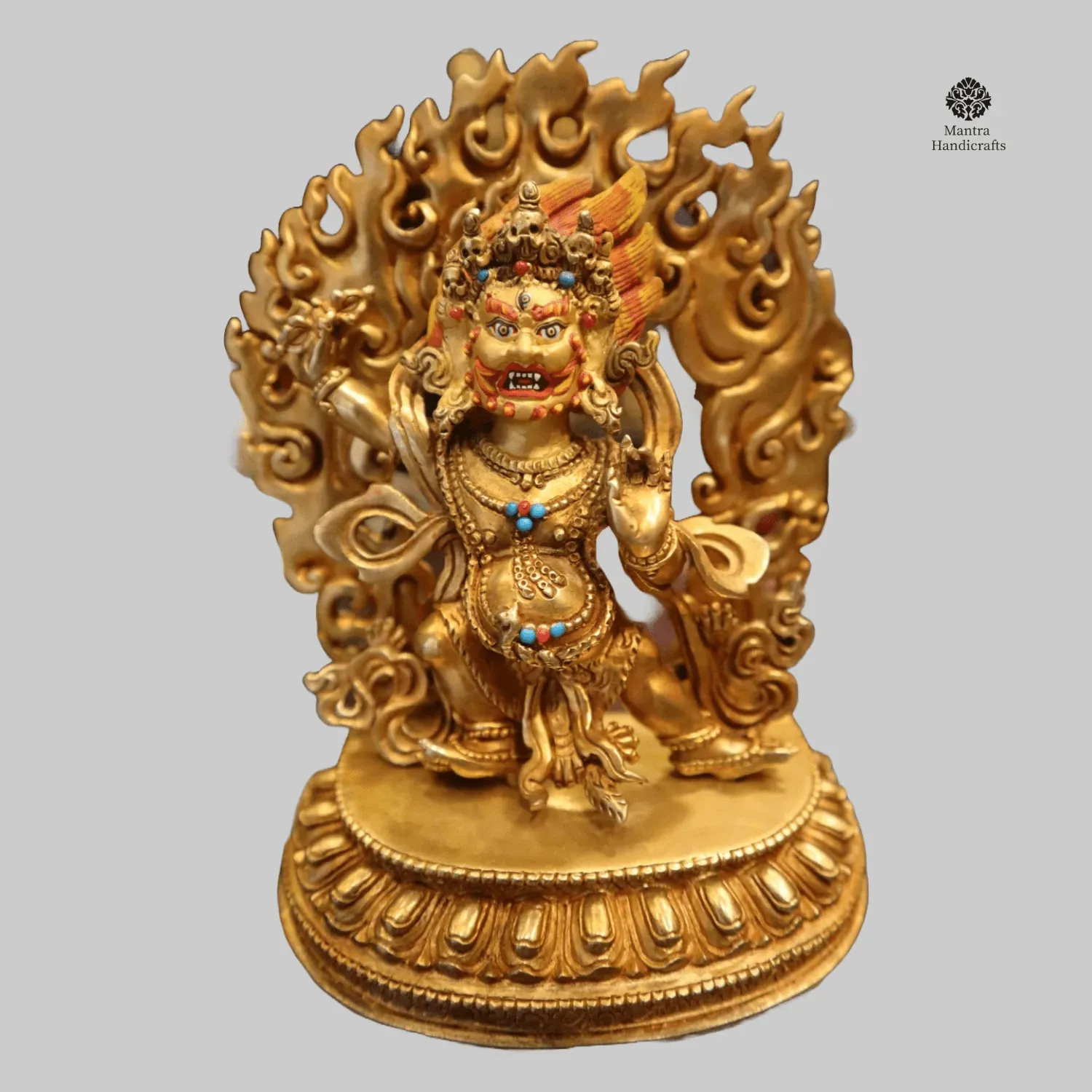
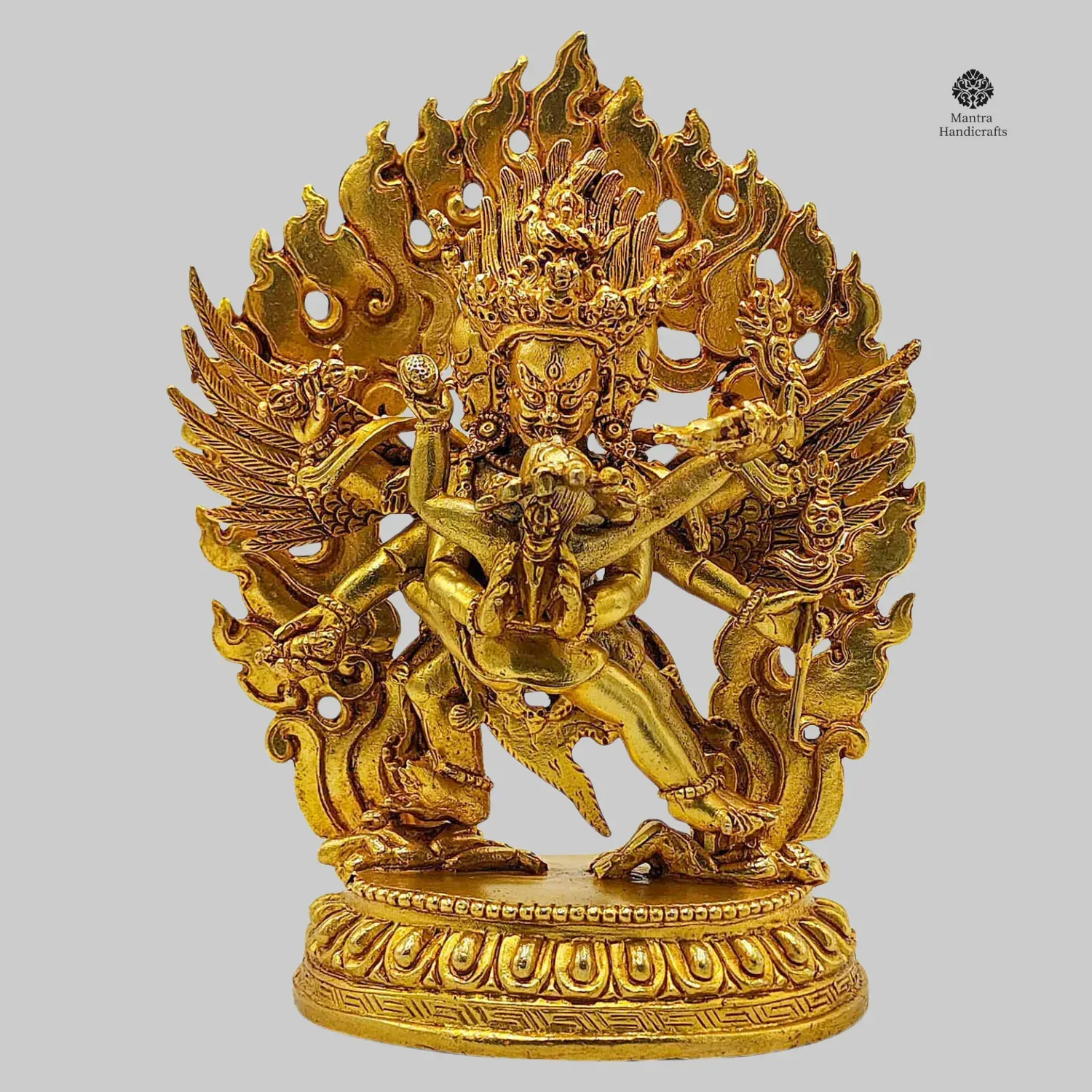
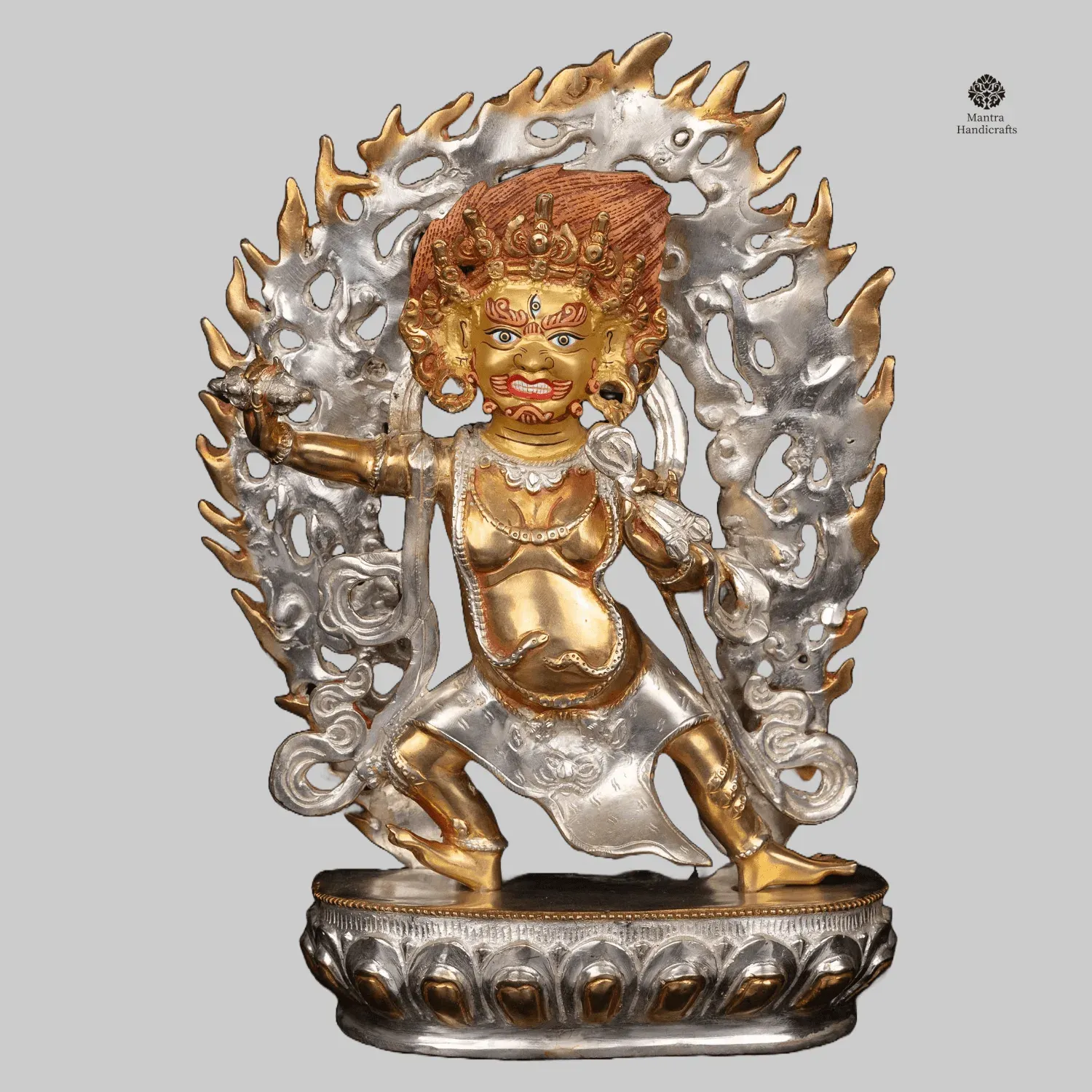
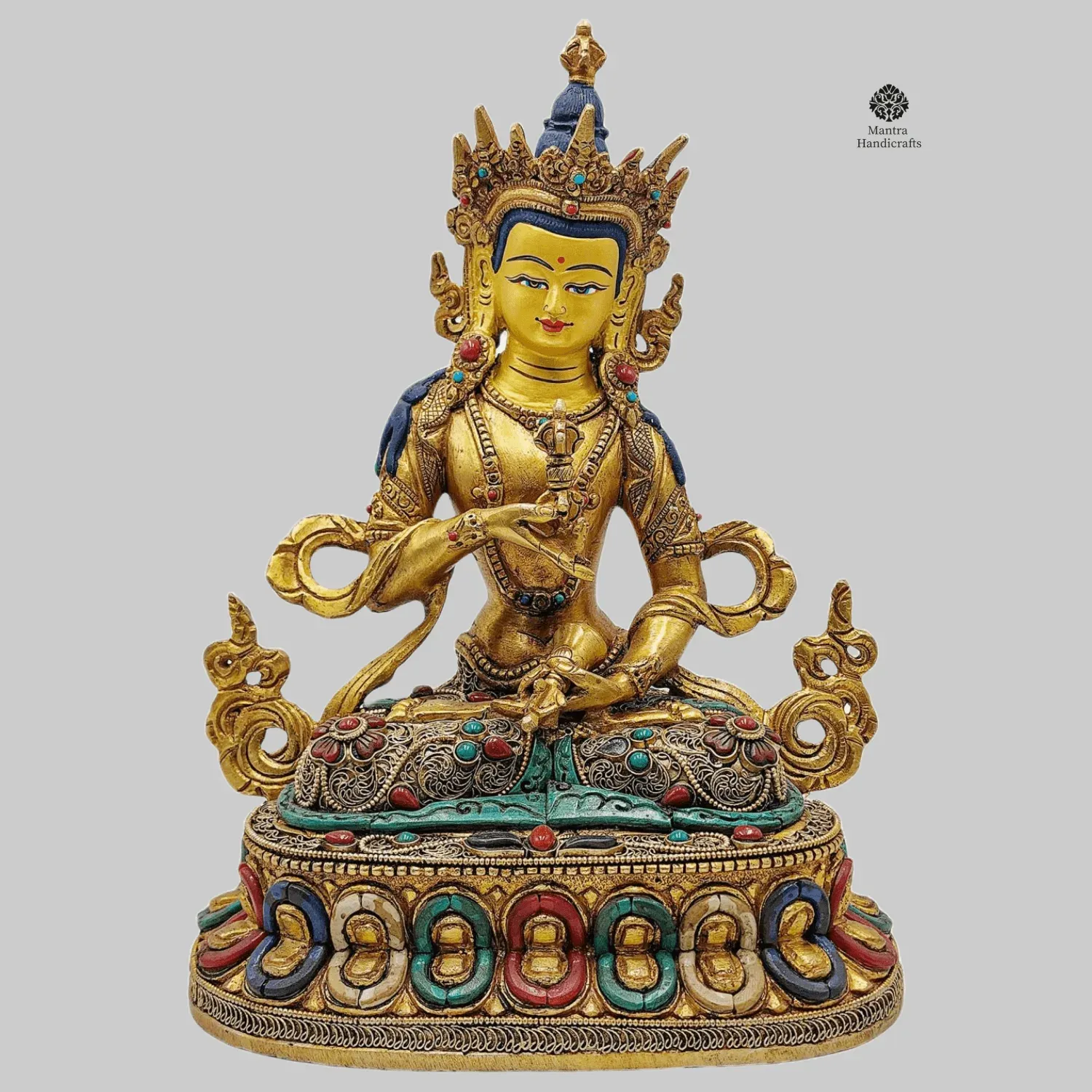
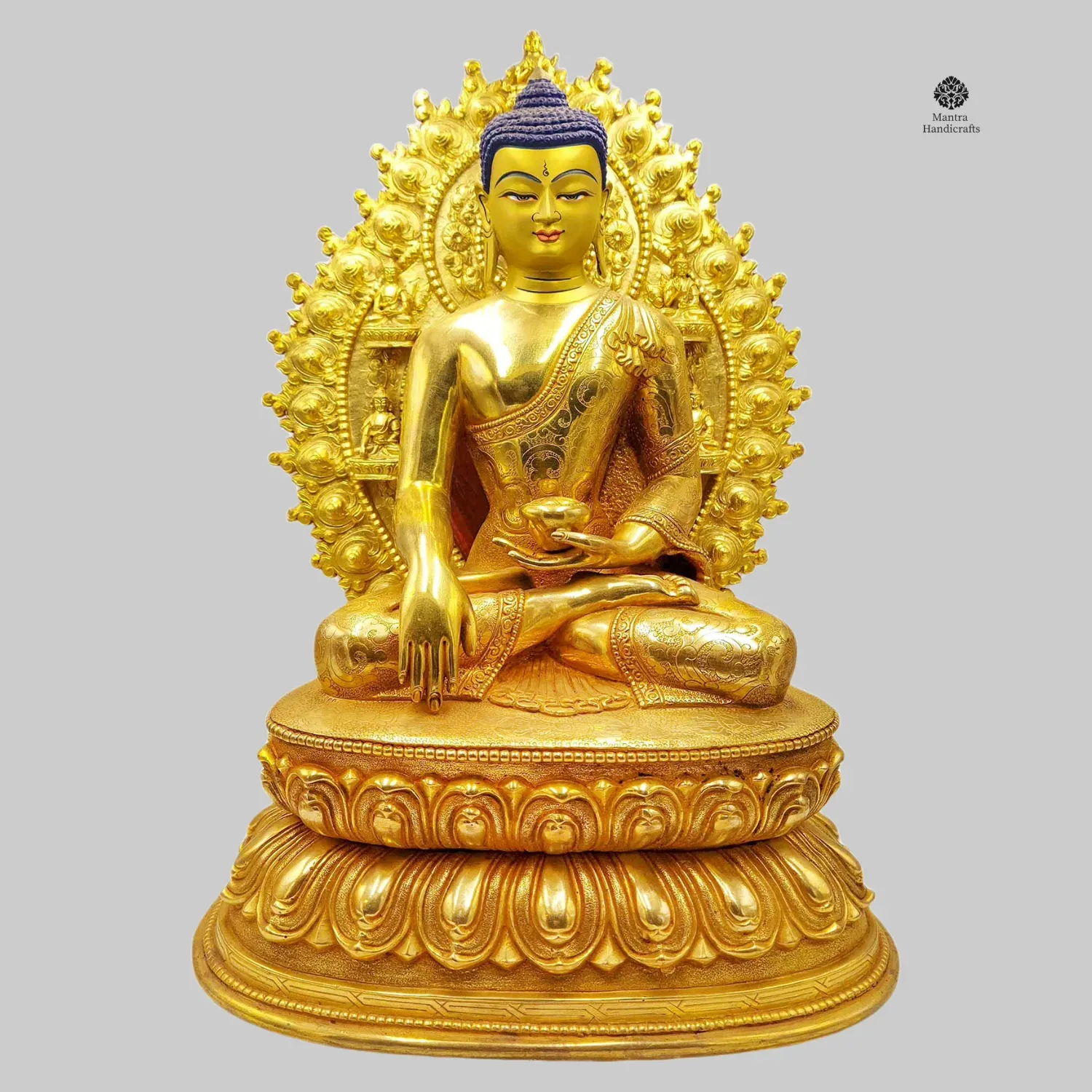
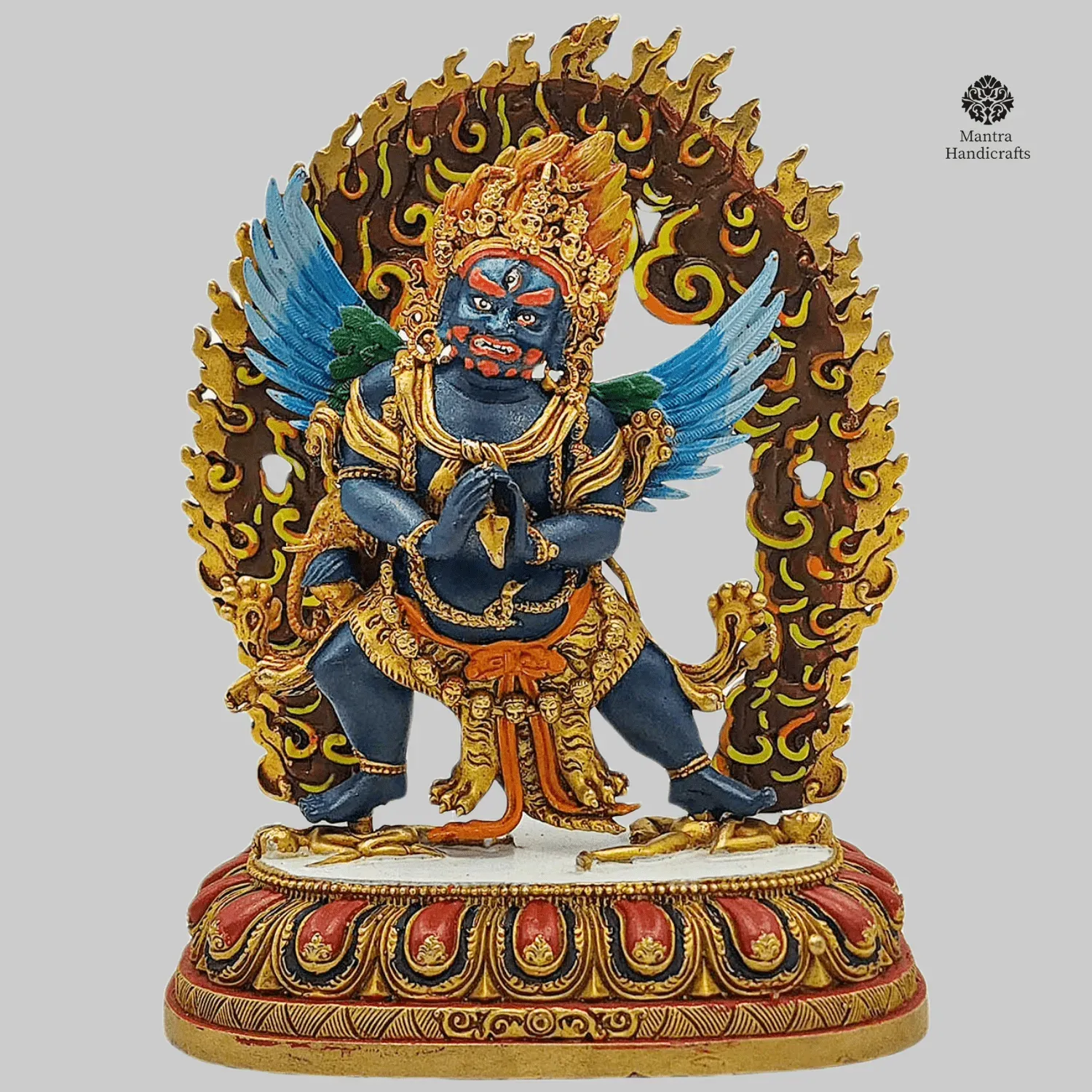
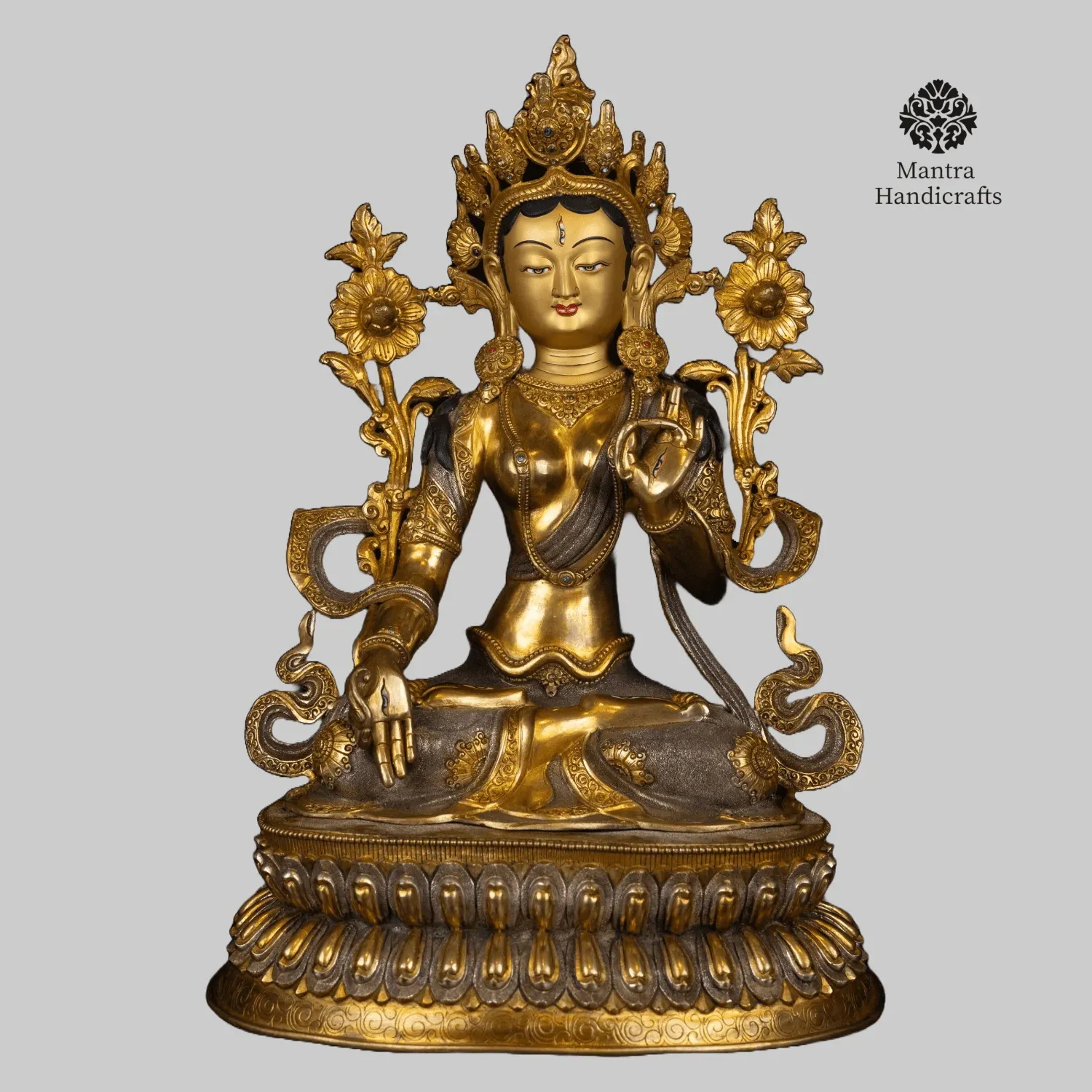
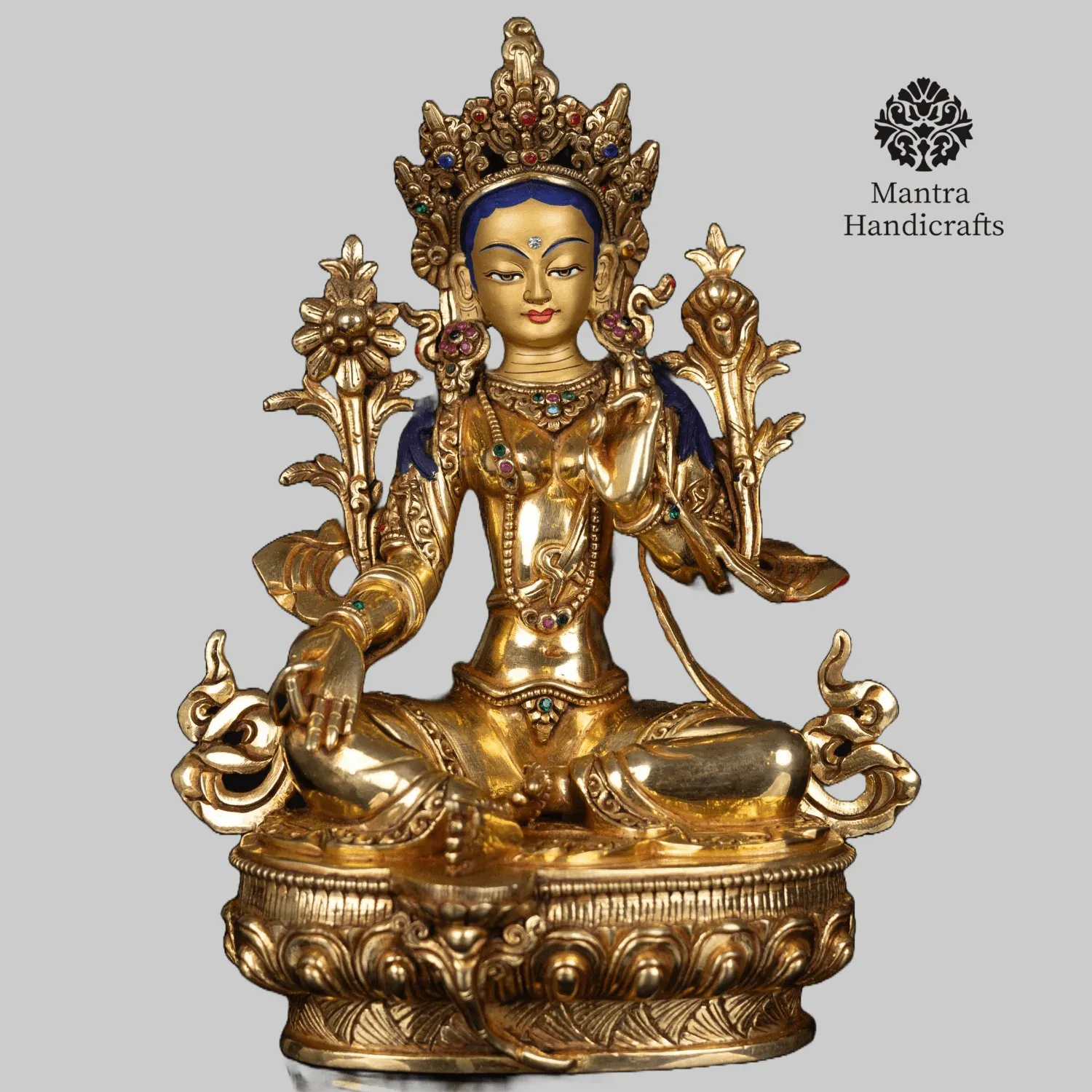
0 Comments